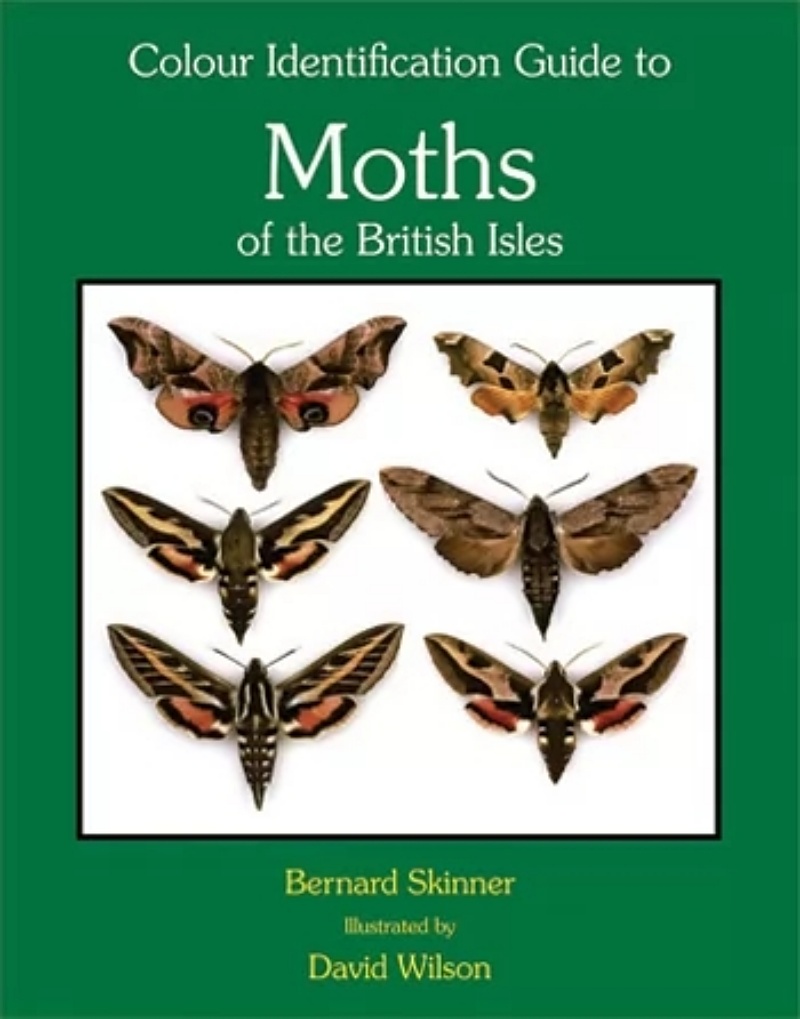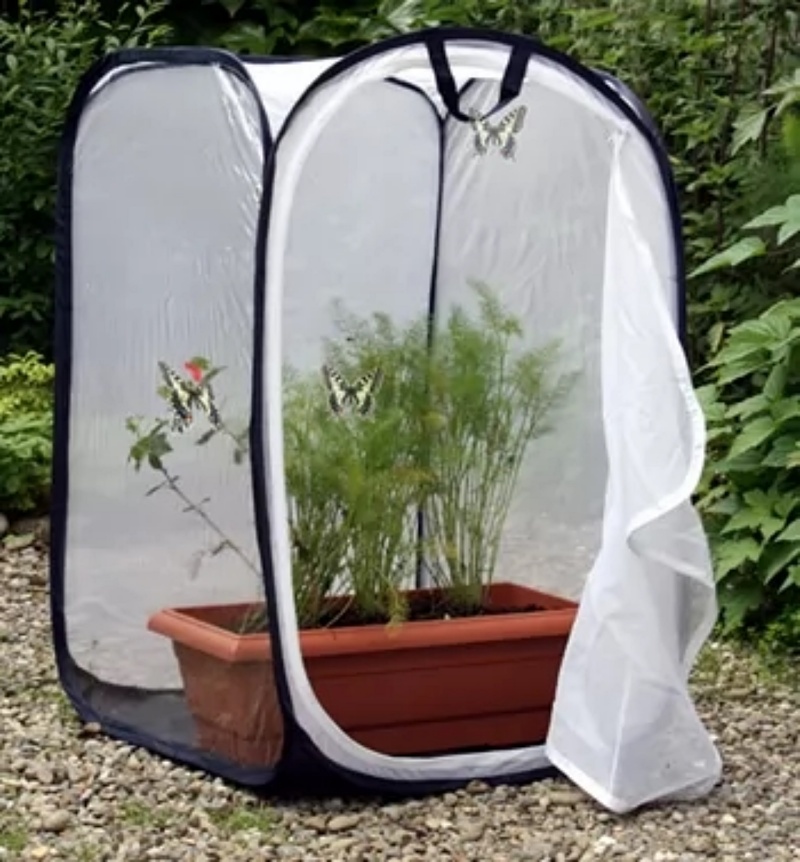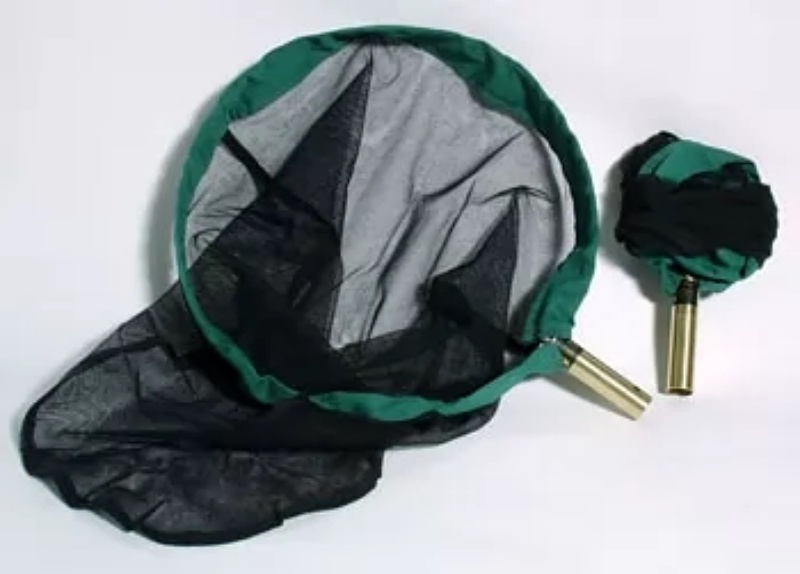|
 |
 |
 |
 |
 |
|
|
|
|
|
Rearing Caterpillars
is a Responsible Undertaking |
Pictures by courtesy
of Watkins and Doncaster |
Finding Caterpillars |
If you have decided to rear
caterpillars into adult moths, you should remember to look after them
properly. Like pets they need cleaning out and feeding regularly,
otherwise they are likely to perish. If the food plant is not available
close to where you live, or you are not sure what they need, then it's
best not to try. Usually the plant you found it on is a reasonable clue,
though some caterpillars hide from predators during the day, and may not
be on the plant upon which they feed.
If you are can successfully rear
your caterpillar/s, the benefit is that you will see what kind of moth, or
butterfly they become. You may wish to rear several species at once.
If so it is a good idea to label your larval receptacles. This is a
good idea if you plan on photographing them at different at different
stages of heir development. Also you will know for certain what
larva/e turned into what species of adult moth, or butterfly.
The breeding cages illustrated
to the right, are ideal giving light well, and aired conditions.
continued below ....
|


|
You will possibly encounter
caterpillars by chance, probably in your garden. Look carefully at
plants, trees and shrubs, especially on the undersides of the
leaves, sometimes you can locate many in just a few minutes. Other
days they just don't seem to be around. Those caterpillars that
hibernate during the winter months start to awaken and become active
in the spring.
Sawfly larva are very similar
to caterpillars, but the arrangement, and shape of their legs are
completely different. You will soon become used to recognising true
caterpillars.
People that are very
enthusiastic about rearing caterpillars, sometimes employ the use of
a beating tray. This is a sheet of material, supported by a stiff
frame with a handle attached. They are reasonable light weight, and
are collapsible for easy transporting.The idea is to hold them under
the branches of trees and shrubs.
continued below ....
|
|
Id books and
rearing containers will be required before starting out. |
 |
 |
 |
If you use glass jars it is a
good idea to use muslin secured with a rubber band, This is better
than putting holes in the lid, as it will allow the larva/e to breathe
more easily. Excessive moisture can form in jars, so put about half to
three quarters of an inch of clean moist soil, or potting compost
inside the jars. Provided that the soil is moist and not soggy, it will help
to absorb excessive moisture. The jar and/or the soil, or
compost may need changing periodically, if it becomes to moist.
Excessive condensation can cause bacteria and result in disease, and
fatalities.
Temperature is also important,
not to hot, or to cool. The temperature should be as close to natural
conditions as is possible. Sometimes an outhouse, or garage may give
the required conditions. Light is needed but do not leave caterpillars
in direct sunlight for even short periods of time.
Caterpillars on occasion will
die anyway, they can become infected by parasites before you found
them. To help avoid parasites, larva/e should be captured as soon
after hatching as possible. Having obtained moth, or butterfly eggs is
even better, you have the control over parasitic infections. Care
should be taken over the food plant supply, be sure its not got
parasites, or predators present. It can be gently rinsed, and must be
gently patted dry with some kitchen towel, or excess moisture will be
introduced. The most important point, is the welfare of your captive/s.
|
Then the branches are tapped
sharply with a suitable stick, and the caterpillars are dislodged,
falling into the outstretched tray.
The beating stick should
not be to light in weight, as it will not do the job properly. Also it
is a good idea to pad the stick with a thin layer of foam sheeting,
securely taped into place. The taping should completely encase the foam,
otherwise the foam will be soon shredded by the beating actions. The
padding will assist in minimising damage to tree branches.
Taps with the stick should be
firm, and sharp, not heavy enough to severely damage the tree. Taps
need to sharp enough however to dislodge the larva, they have a very
firm grip. This method is less effective in windy weather, as the
caterpillars are gripping more firmly than usual, to avoid the wind
dislodging them. Beating the same area over, and over again in the
same year should be avoided, try different places.
Beating trays can be purchased
at entomological suppliers, or if you are handy at DIY you could make
one. If you are on a tight budget, an old white, or light coloured
sheet can be spread on the ground. This will catch the insects, and
caterpillars that fall from the branches quite well. Whichever
you use look carefully, on occasion some of the pieces of twigs and
leaves on the sheet, after a few minutes may start crawling around.
Insects are good at disguise, and may well surprise you.
|
|
A selection of some
of the available equipment for studying insects.
Some good places to look for
caterpillars is in places where there is public access, and permission
doesn't have to sought first. Please avoid trespassing on farmland and
other private areas, and don't go beating, or netting on Nature
Reserves. Some wildlife groups have special days, where you can join in
with these sort of activities.
Places that often have open public
access are Commons, old disused railway lines, sometimes old waste
ground, and brown field sites have public access.
Remember that some hairy caterpillars
can cause irritating, and sometimes severe skin rashes. So don't handle
them directly, use gloves, or natural materials like fine twigs, or
stiffish leaves. |
|
Join a Wildlife
Conservation Group, or volunteer your labour, free. |
Names of a few of
these groups are on the contacts page. |
Don't be shy about
signing petitions, let people know that you care! |
|
Contact Website Manager
dave.hatton29@btinternet.com |
Web
Designer Dave Hatton |
Dave
Hatton reserves the copyright on all images.
©
2022 |
|